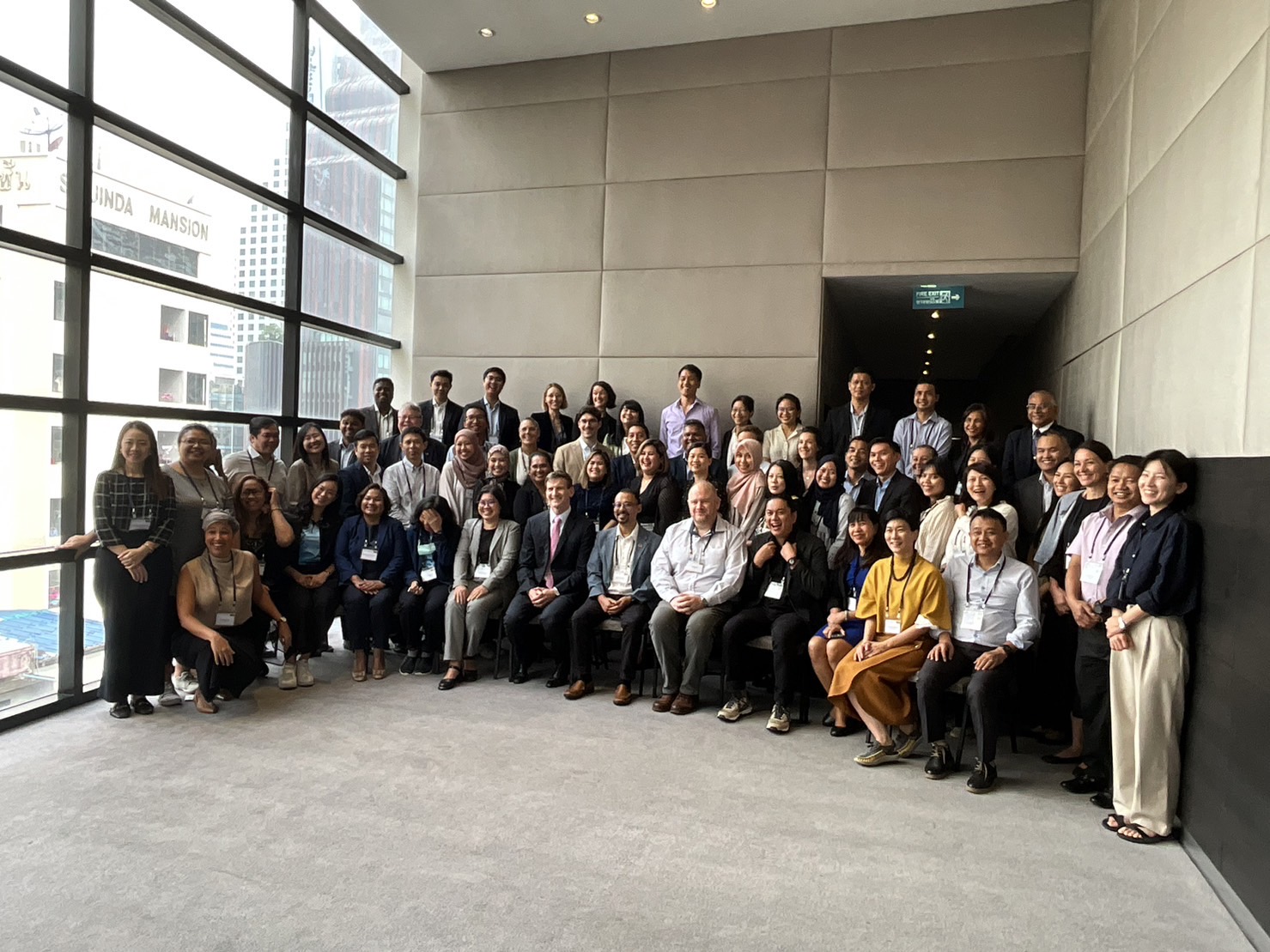COMPUTATIONAL EVALUATION OF HIGH VELOCITY BALLISTIC IMPACT ON METAL-LAMINATE PANEL
S. Abdullah, N.A. Rahman, W.F.H. Zamri, M.F. Abdullah, M.Z. Omar, Z. Sajuri and A.K. Ariffin
Faculty of Engineering & Built Environment, Universiti Kebangsaan Malaysia, 43600 UKM Bangi, Selangor,Malaysia.
ABSTRACT
This study investigates the ballistic performance of aluminium alloy Al7075-T6 and magnesium alloy AZ31B served as the intermediate layer in triple-layered metal-laminate panel using computational method. Aluminium and magnesium alloys offer a considerably potential for reducing the weight of an armoured vehicle body due to low densities and high energy absorption capabilities. The poor ballistic performance of these materials can
be improved by layering with the high strength steel. A commercial explicit finite element code was implemented to develop triple-layered panels impacted by a 7.62 mm armour piercing projectile at velocity range of 900 to 950 m/s. Two models were constructed where aluminium alloy and magnesium alloy served as intermediate layer in the first model and the second model respectively. The ballistic performance of each model in terms of ballistic limit velocity and depth of penetration was evaluated. Considering the 25% existing armour vehicle weight reduction, it was found that magnesium alloy has equivalent ballistic limit to that of aluminium alloy which is at 1020 m/s. At the standard projectile velocity, aluminium stopped the projectile at 24 mm depth and magnesium stopped at 25 mm. Thus, lightweight materials can be suitable combinations for designing lighter
armoured vehicle panel without neglecting its ballistic performance.
Keywords: Armour piercing projectile; ballistic limit; depth of penetration; finite element; lightweight material.



